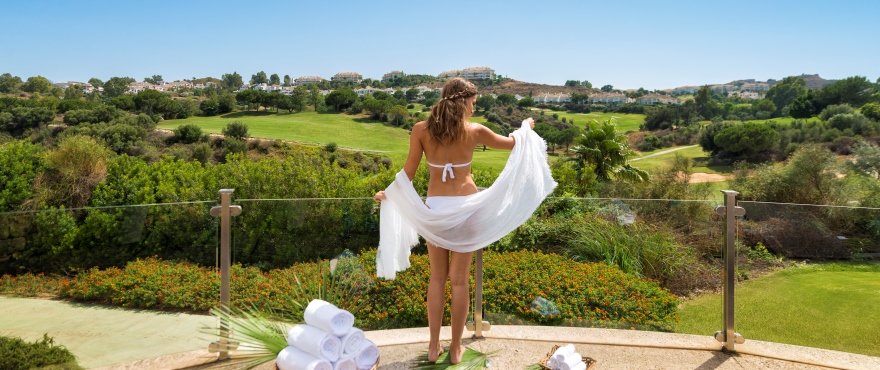Murcia is the cheapest region for holiday home buyers in Spain with an average price of €150,000, with most preferring to buy on the coast, according to new research.

The analysis report from franchise estate agents Donpiso found that overall the average budget for buying a holiday home on Spain is €200,000 but there are considerable regional variations.
The second cheapest location is Catalonia’s Tarragona province, home to the Costa Dorada, with an average price of €160,000, then the Cost Blanca in Alicante at €200,000, and the Costa Brava at €205,000.
But those seeking to buy a second home or holiday home on the popular Costa del Sol in Malaga will pay an average of €350,000, according to the Donpiso figures.
The company also points out that the busiest time for the holiday home market in Spain are the six months leading up to the summer, after which demand cools down in the run up to Christmas.
The research also shows that more than six million Spanish households own a second home in Spain, of which 3.6 million are located in coastal areas of the Spanish mainland and islands.
The profile of the average second home owning household are couples aged between 35 and 49 years old, with children and steady income of €3,500 per month or more.
According to separate research the strong tourism market in Spain is encouraging more second home owners who want to rent to holidaymakers. The market now appeals to a broader mix of buyers eager to take advantage of the tourism growth, says the report from international real estate firm Knight Frank.
It explains that over the past five years Spain’s property market has undergone a radical transformation helped by a growing economy and improved jobs outlook. ‘Higher employment, rising disposable incomes and an upturn in consumer confidence are underpinning housing demand with mortgage lending up 20.2% in March 2017 compared to the previous year,’ it points out.
As a result prices have largely reached their floor across most regions with a lack of new supply helping to support values and for foreign buyers, Spain still represents good value.
In 2017, two key trends merit the attention of second home buyers, says the report. Firstly, the diversification of demand. British buyers, down 28% in the year to the end of 2016, are being replaced by Dutch purchasers, up 58% during the same period, along with Belgian, Scandinavian, Latin American and Turkish buyers.
Secondly, Spain is witnessing the rise of the urban resort. Both Mallorca’s capital, Palma, along with Barcelona, Valencia and Malaga are undergoing a renaissance as buyers seek to combine a vibrant city centre and all it offers in terms of culture, cuisine and retail with the benefits of a beachfront and marina.

